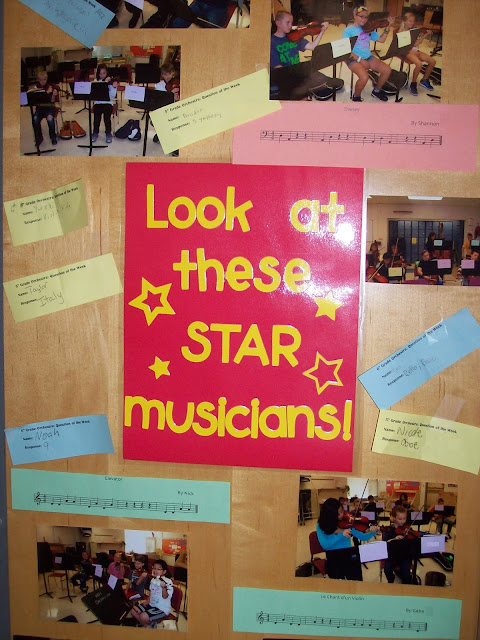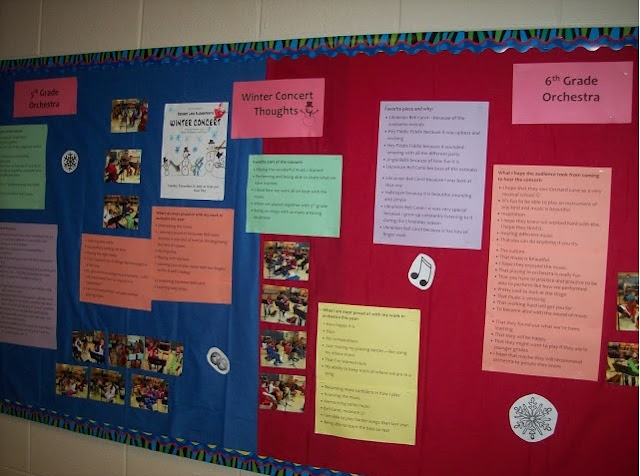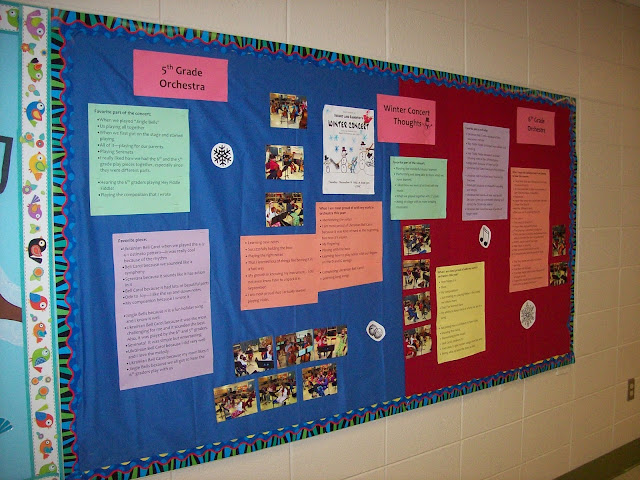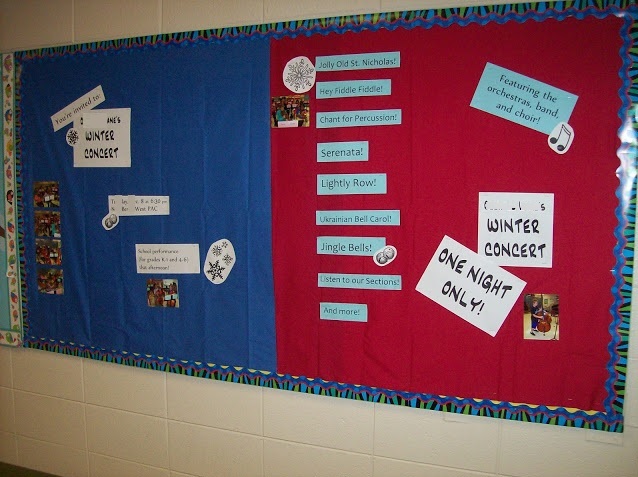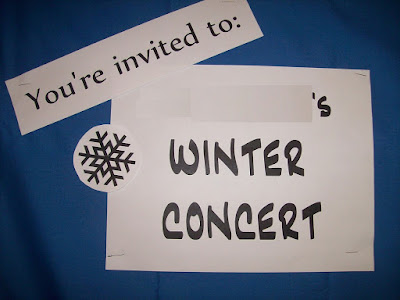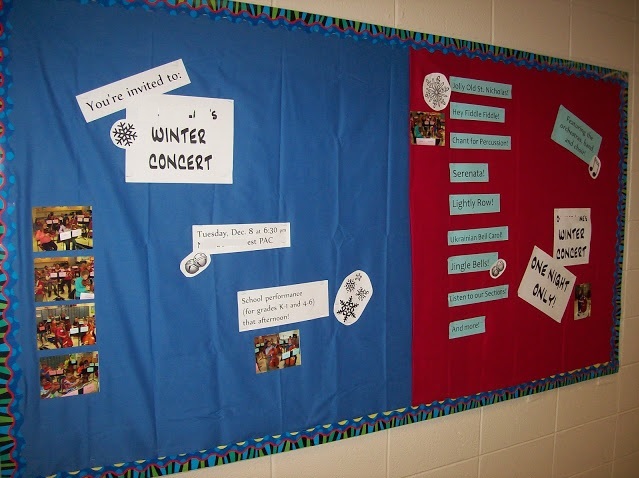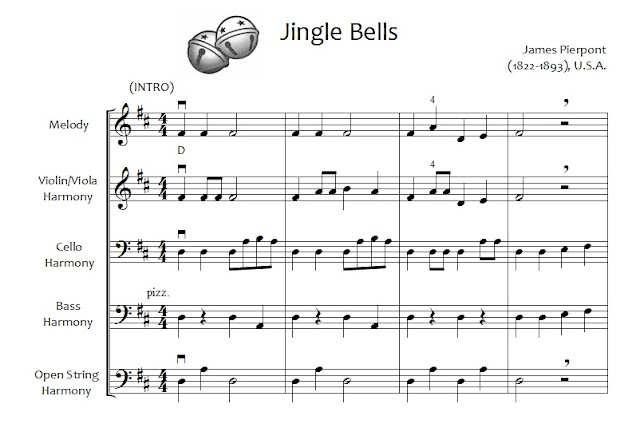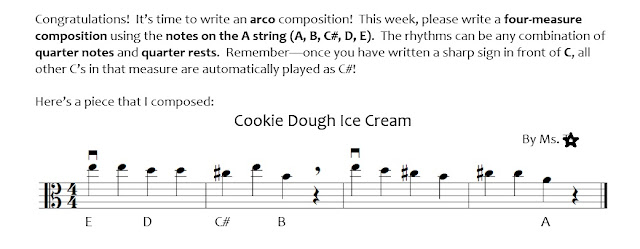Students know that good times to enter responses are before/after school when they are dropping off or picking up their instruments or before/after class--not in the middle of orchestra. They also know that I do not say if their answer was correct or not--my lips are sealed until the end of the next full orchestra.
Slips are color coded by grade so everyone can all use the same bucket to drop their response into.
The prize? I write the winner(s) a composition that they can play on their instrument, and I have it waiting on their stand at the next full orchestra. It doesn't cost any money on my end, it's personalized for each student, and it shows that I am a composer too, just as they are. Some weeks lend themselves to having more than one winner, but I usually keep it at one winner. If a question has two parts (a bonus point) and the winner gets both parts, I'll write them a duet to play with a friend.
I try to include a variety of questions throughout the year--parts of the instrument, composer trivia, music theory, vocab words, a connection with one of their pieces, etc. I use the same question for both grades each week, so it has to be something that works for both. The answer may be something that students should already know or in their book or on the walls of the orchestra room or they may need to look up online. I try not to repeat questions within a two-year cycle so that students are exposed to as many as possible (though there are a few questions that tend to be used each year).
When I draw the winning slip, I don't read incorrect responses (or the name of that student) out loud; I just keep drawing until I find a correct answer and congratulate that student. I don't want to encourage silly answers or embarrass anyone for putting in the wrong answer. Students may win more than once each year (I don't want them to stop participating once they've won), though I may draw a second winner that week just to get someone new too.
Note: Since the pandemic, I added a Google Form with the weekly question and paste the link into our class Canvas page so that students aren't congregating by the bucket to fill out their slip. Students fill out the Google Form to enter, and then I fill out a paper slip for the different entries before class so I'm still drawing a slip from the bucket. If someone has already won, I'll fold their slip a few extra times to make it less likely I'll pull it out of the bucket. I still tape the question on the wall in the classroom so students have access to the seeing the question a few different places. I've also been keeping track of which questions I ask each year so students get different questions between their first and second year of orchestra with me. It's a few extra steps, but it doesn't take long.


